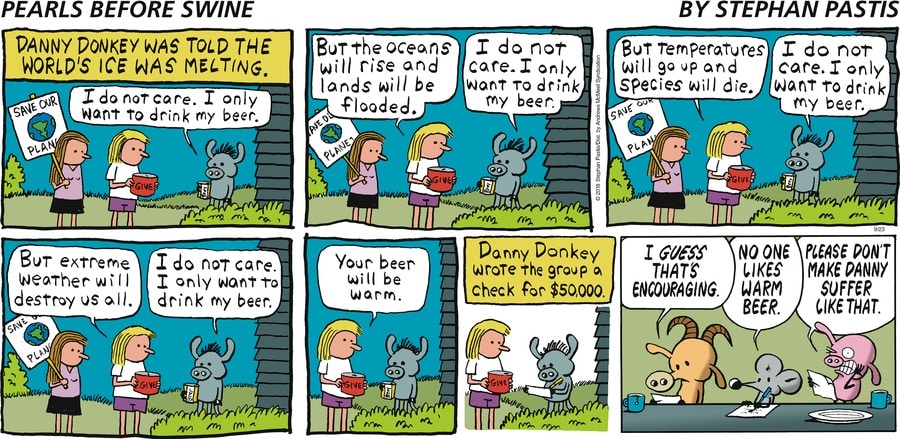
The Marketing Action Plan
No More Brainstorming
How much time have you spent in seemingly endless brainstorming sessions where everyone has a new idea about how to reach the new, the younger, the more diverse audience? Do you have lots of ideas, with little understanding of what will work? Ready to try something better? With a little research and an open mind, you can expediently create a marketing action plan to guide your programs, outreach, public relations, communications, and development efforts. A simple marketing action plan will help you be more strategic, ensure return on your investment of time and energy, involve the whole organization, and meet marketing goals.
Marketing is a systematic, data-informed process to define and understand your audience to create the programs, products, services, and outreach strategies that are most relevant and resonant to move them to action. Rather than brainstorming, spend time listening to and learning from your audience. Your focus is on what matters to the audience, not on getting people to be just like you.

The Template
We have distilled the strategic marketing plan to a simple template and a three-step process. You can create an informed, useful plan with some curiosity and discipline.
| Marketing Goal & Audience | What do you want as a result of your marketing effort? Who is potentially most likely to act on your behalf (NOT everyone) |
|---|---|
| 1. Profile | Describe the audience: demographics, geography, values, attitudes, lifestyles, reading, buying habits, influencers, and affiliations |
| 2. Their needs/interests relative to your cause | Who is the audience who is potentially most likely to act on your behalf |
| 3. Desired behavior | What is the action you want from this audience? |
| 4. Message | What is the language and message that is likely to resonate with this audience based on profile and interests? |
| 5. Product, service, offering | What are the programs, products, or services that will best meet the needs and interests of this audience (and are you willing to adapt and change accordingly?) |
| 6. Outreach, promotion, engagement strategies | What is the best way to reach, connect, and engage with this audience, based on 1-5 above? |
| 7. Actions | For each strategy, what are your tasks to completion, and by when? |
3 Step Process
1 ) Create the Profile!
The most common mistake in marketing is to discuss strategies before there is a clear understanding of the potential audience. Remember, not everyone is your audience. Be specific, is it all younger people? What age, where, what interests?
Listen
Your marketing strategy starts with understanding the audience. Be where they are, talk to people who know the audience you are trying to reach. In a recent project, we asked the 12-person board and staff marketing committee to each talk to 5 people who they believed fit the potential audience profile or people who knew that audience. With input from 60, 15-minute conversational interviews, themes emerged such that we had a good understanding of the audience. (Contact me at Shelli@nonprofitimpact.com or 303 223-4886 x 1 for sample questions.)
Learn
Supplement the conversations with background research and observation. Planning or economic development agencies often have well-researched reports, full of data, which shed light on a particular audience or the trends that might impact them. Also, a web search of organizations and businesses that cater to the audience you are trying to reach provides insight about language or visuals (for example, if you are trying to reach birders look to the Audubon Society; if you are trying to reach recreationists, look to companies like REI; to improve the health of the underserved, talk to the nurses that serve them). Pay attention, observe, be aware, be curious! Create a descriptive profile of the potential audience.
2 ) Align
Marketing is not a function that stands independently. If an organization doesn’t have the right product or service delivered in a way that meets needs, no amount of outreach, promotion, or communication is going to help. In my experience, reaching new audiences almost always requires organizational alignment. Alignment might mean streamlining or updating a registration process, revamping programs, refreshing language on the website, retraining staff, or even changing the composition of your board. Does the new audience see themselves in your organization? Do you have services and processes that meet their unique needs? If not, maybe this isn’t your audience.
3) Test, Adapt, Implement
With a clear profile of the audience’s interests, needs, behaviors, and characteristics, how to reach, connect, and engage becomes obvious. There are right answers and it is not a matter of brainstorming. Social media may be the way to reach your younger audience, but more specifically, which platform? Who are their influencers? What colors, words, images most resonate? Social media is a way to increase awareness, and maybe connection, but engagement strategies need specific calls to action. If you truly know your audience, you will know what strategies will be most effective.
Building Authentic Connections Takes Time
Work the plan but be adaptable. Focus on one new audience at a time; go deep and be consistent. Show you “get” who they are; show you care. Connection, engagement, and loyalty depend on trust and reciprocity.
Call Me!
For a free webinar on marketing or constituent engagement; or for more information on creating a marketing action plan, call 303 223-4886 x 1 or email Shelli@nonprofitimpact.com.

